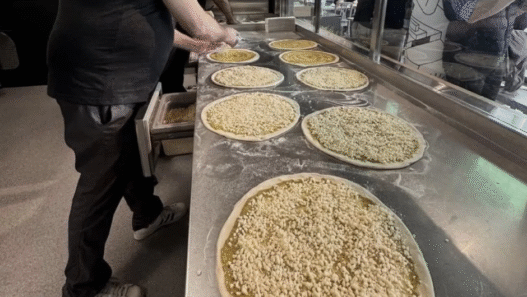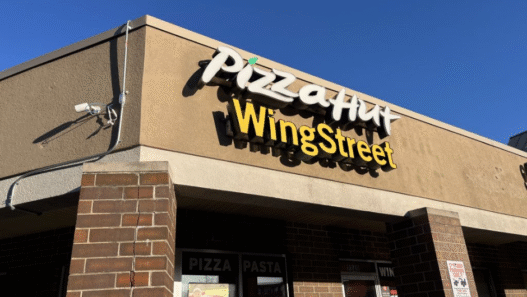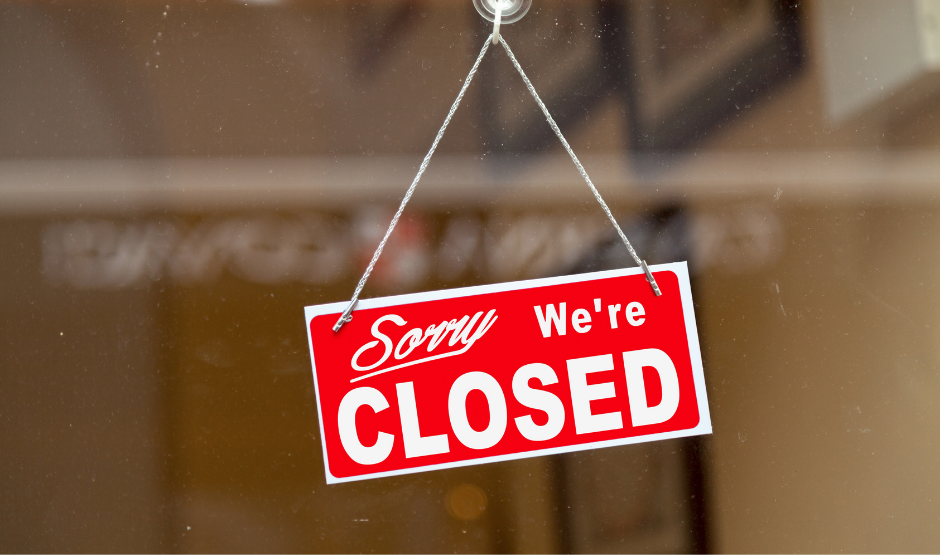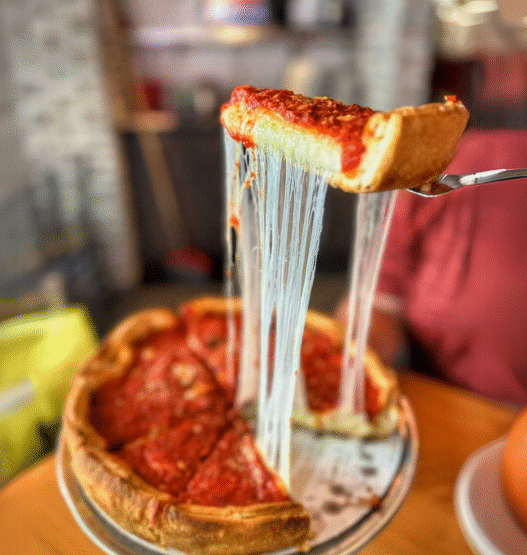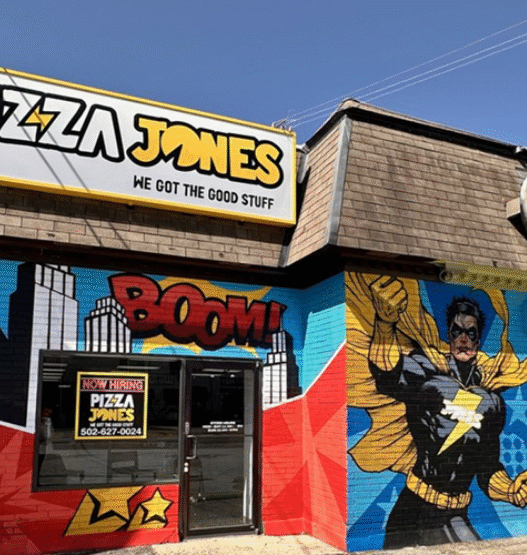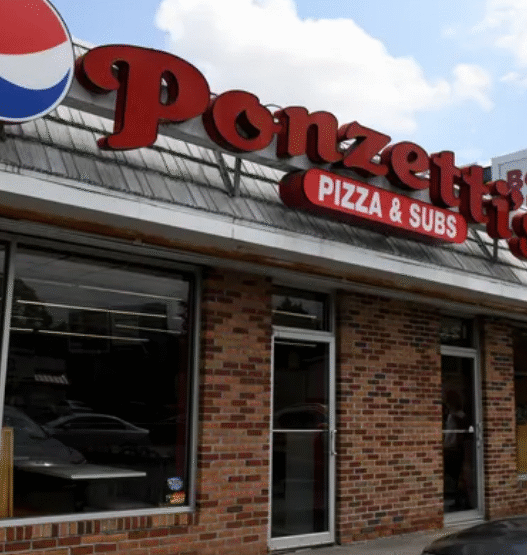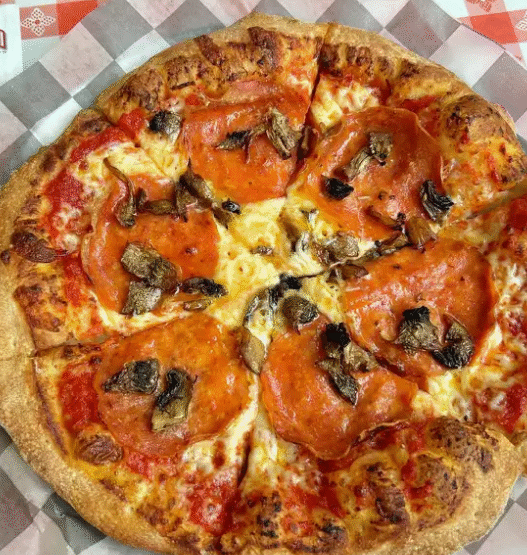This insightful article was inspired by content originally published on CSP Daily News by the editorial team
Introduction
Casey’s pivot reveals key trends shaping pizza supply chain strategy from sourcing to tech. Learn how it may impact operators and suppliers alike.
When Casey’s General Stores shuttered its JF Heritage Food Company this year, the news sent quiet ripples through the foodservice world but for those of us watching the pizza industry closely, the implications are louder than ever. This isn’t just about a convenience store pivot; it’s a cautionary tale and a timely opportunity for anyone in the pizza business to reassess how we source, produce, and innovate.
Let’s unpack what this move means for the future of pizza operations, ingredient supply chains, and even the art of home pizza-making.
The Backstory: Why the Closure Matters in Pizza
Casey’s had acquired JF Heritage Food Company to bring more of its food production especially its famed pizza program in-house. But just a few years later, the convenience store chain quietly reversed course. Why?
According to industry insiders, the decision likely stems from the complex logistics and resource intensity of running a vertically integrated food business, especially when scaling rapidly across multiple markets.
As pizza continues to be Casey’s star food item, this decision raises the question: Is vertical integration the future of pizza production or is strategic outsourcing the smarter slice?
What Pizza Shop Owners Need to Learn From This
🧠 Operational Efficiency > Vertical Integration
Running a foodservice production facility is an entirely different business than running a pizza shop even a network of shops. For independent and franchise pizza operators, this story reminds us of the power of lean operations and smart partnerships.
“Outsourcing your dough, sauces, or toppings from trusted bulk suppliers might be more efficient than trying to produce everything yourself,” says Jake Martinez, a multi-unit pizza franchise owner we spoke with. “You can focus on flavor, branding, and customer experience rather than worrying about commodity market fluctuations or staffing a production facility.”
Pro Tip: Use a High-Volume Commercial Dough Mixer only if your store genuinely produces dough at scale and has the space, staff, and SOPs to handle it efficiently. Otherwise, sourcing fresh dough from local commissaries or regional suppliers may be the better move.
🔄 For Suppliers: Is the Age of Centralized Pizza Production Ending?
The JF Heritage closure may signal a broader shift away from fully centralized pizza manufacturing, especially among multi-unit chains. Instead, more brands are opting for modular production partnerships with trusted regional facilities keeping food fresher, delivery times shorter, and menus more flexible.
This trend creates opportunities for independent pizza suppliers to step in and offer co-packing services, private-label sauces, and sustainable pizza toppings with shorter lead times and transparent sourcing.
🧀 Emerging Supplier Opportunities:
- Organic mozzarella producers can pitch to multi-unit shops looking to upgrade quality.
- Plant-based meat companies can fill the void for fast-growing flexitarian menus.
- Small-batch tomato processors can offer “farm to crust” storytelling power.
📦 Check out our resource on Bulk Pizza Ingredients & Sustainable Sourcing to align your offering with 2025 buyer demands.
🏠 For Enthusiasts: Why This Matters at Home Too
You might think a corporate shake-up has nothing to do with your Friday night pizza ritual but you’d be surprised.
The trend away from centralized food manufacturing is part of a bigger movement: bringing control, customization, and craftsmanship back to the kitchen. That includes yours.
🍅 Want to skip pre-packaged doughs and watery sauces? Learn how to master a no-fail Neapolitan pizza dough recipe using Tipo 00 flour and a long fermentation for structure and chew.
🔥 Dreaming of that Casey’s-style crust? Skip the delivery and grab a Best Home Pizza Oven to get charred, golden perfection on your back patio.
📈 Pizza Industry Trends Triggered by the Closure
Re-evaluation of In-House Food Production
Casey’s decision reflects a rising truth in pizza franchising: focus on what you do best. For many pizza brands, that’s customer connection, flavor curation, and community not managing complex food production facilities.
Rising Demand for Supply Chain Flexibility
As economic uncertainty continues, chains and independents alike are looking for redundant suppliers, regional ingredient sourcing, and tools to adapt their menus quickly.
🖥️ Tools like a Pizza POS System with Inventory Alerts help you track when your flour runs low or cheese prices spike so you’re never caught without key ingredients.
Opportunity for Automation Vendors
With fewer operators willing to handle their own food production, there’s renewed interest in pizza robotics and automation that still allows for in-store freshness.
Look out for automated dough sheeters, robotic sauce dispensers, and even AI-driven oven timers entering mainstream pizza shops by 2026.
Pizza Expert Interview: What We’re Watching Next
We asked Angela Rizzo, a consultant who works with regional pizza franchises, what this move says about the pizza industry at large.
“Casey’s closure of JF Heritage is a wake-up call. It reminds pizza shop owners that building a proprietary supply chain isn’t always the golden ticket. Instead, strategic vendor partnerships, flexible kitchen tech, and regional supplier networks are the way forward,” Rizzo shares.
She adds, “The smartest operators in 2025 are doubling down on brand identity and customer experience because that’s what builds loyalty, not whether you made your own pepperoni in-house.”
Takeaways for Pizza Business Success in 2025
Here’s what you should take from the Casey’s development:
For Pizza Shop Owners:
- Focus on operational agility.
- Invest in modular equipment like a Countertop Pizza Prep Fridge.
- Audit your ingredient sourcing ask: Are my suppliers scalable, sustainable, and reliable?
For Suppliers:
- Offer flexibility and transparency.
- Consider co-branding or co-packing opportunities.
- Tap into the growing demand for plant-based and locally sourced ingredients.
For Home Pizza Enthusiasts:
- Explore new ingredients and techniques.
- Invest in quality tools like a wood-fired backyard pizza oven.
- Join the pizza rebellion ditch frozen, go fresh.
Final Slice
Whether you’re hand-stretching dough in your home kitchen or running a regional pizza chain, Casey’s JF Heritage shutdown offers valuable lessons. Scaling your pizza production is exciting but only if it doesn’t compromise quality, creativity, or sustainability.
As we enter a new era of pizza fueled by local ingredients, automation, and deeper community connections it’s clear: control doesn’t always mean ownership. Sometimes, it means choosing the right partners.
Affiliate Disclosure
This article contains affiliate links, which means Pizza Magazine may earn a commission if you make a purchase through them, at no extra cost to you. We only recommend products and services we genuinely believe in.







